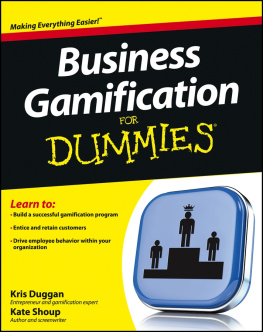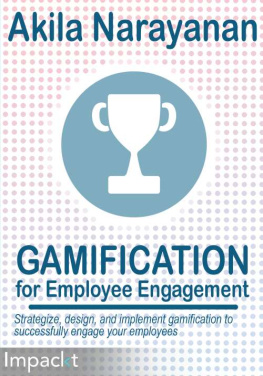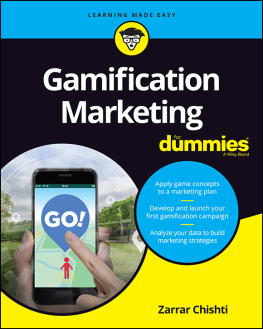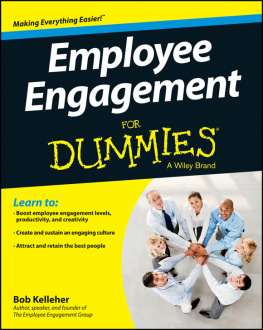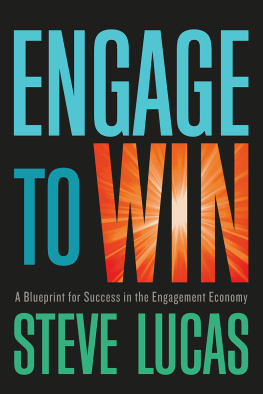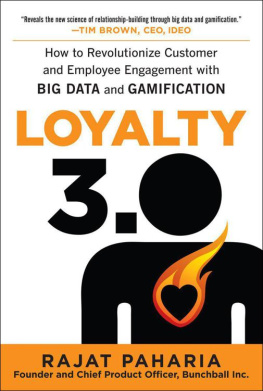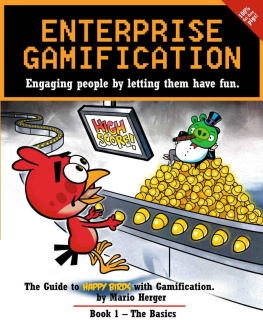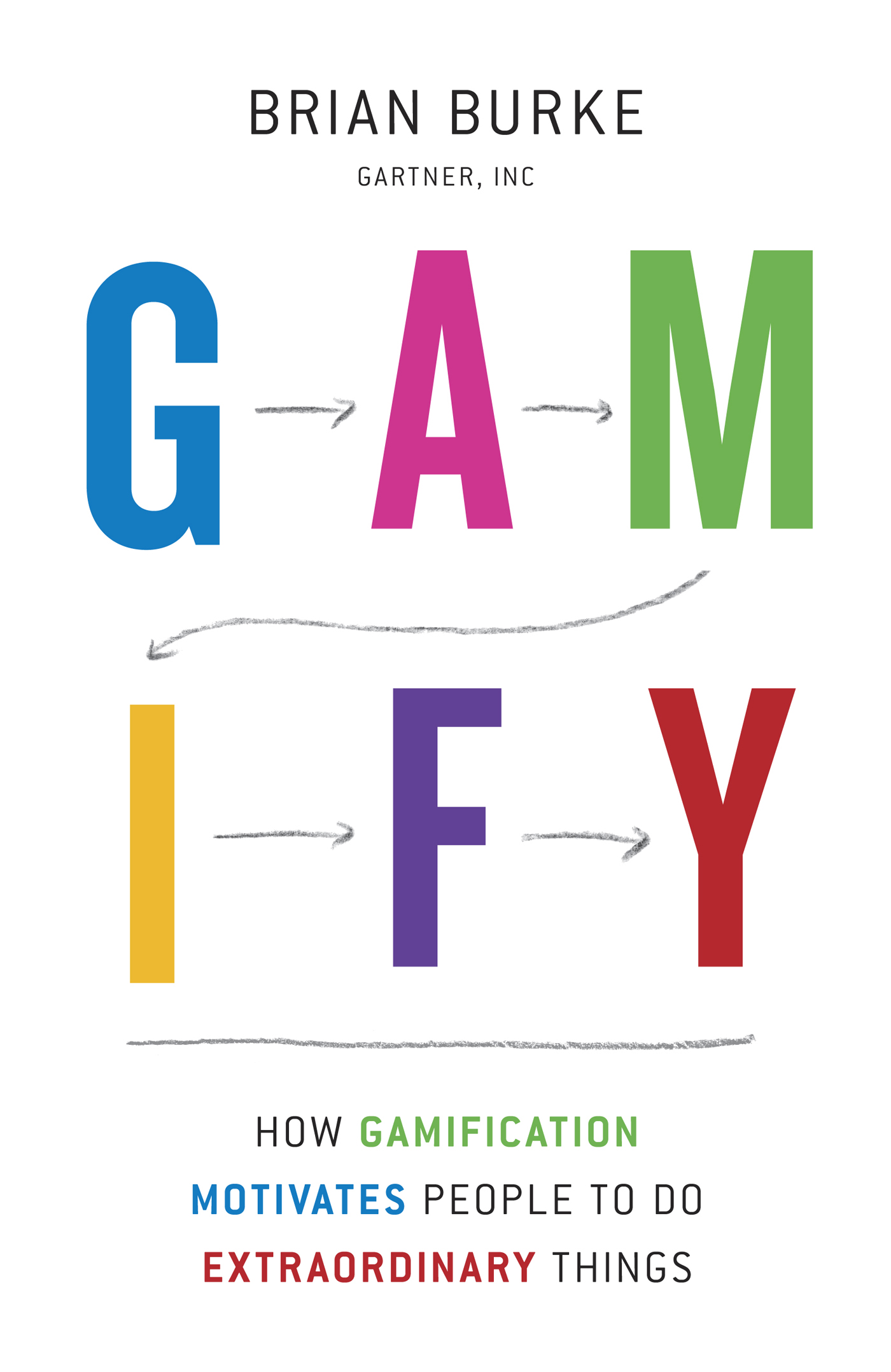Brian Burke - Gamify: How Gamification Motivates People to Do Extraordinary Things
Here you can read online Brian Burke - Gamify: How Gamification Motivates People to Do Extraordinary Things full text of the book (entire story) in english for free. Download pdf and epub, get meaning, cover and reviews about this ebook. year: 2014, publisher: Bibliomotion, genre: Politics. Description of the work, (preface) as well as reviews are available. Best literature library LitArk.com created for fans of good reading and offers a wide selection of genres:
Romance novel
Science fiction
Adventure
Detective
Science
History
Home and family
Prose
Art
Politics
Computer
Non-fiction
Religion
Business
Children
Humor
Choose a favorite category and find really read worthwhile books. Enjoy immersion in the world of imagination, feel the emotions of the characters or learn something new for yourself, make an fascinating discovery.

- Book:Gamify: How Gamification Motivates People to Do Extraordinary Things
- Author:
- Publisher:Bibliomotion
- Genre:
- Year:2014
- Rating:3 / 5
- Favourites:Add to favourites
- Your mark:
Gamify: How Gamification Motivates People to Do Extraordinary Things: summary, description and annotation
We offer to read an annotation, description, summary or preface (depends on what the author of the book "Gamify: How Gamification Motivates People to Do Extraordinary Things" wrote himself). If you haven't found the necessary information about the book — write in the comments, we will try to find it.
Gamification has emerged as a way to gain that edge and organizations are beginning to see it as a key tool in their digital engagement strategy. While gamification has tremendous potential to break through, most companies will get it wrong. Gartner predicts that by 2014, 80% of current gamified applications will fail to meet business objectives primarily due to poor design. As a trend, gamification is at the peak of the hype cycle; it has been oversold and it is broadly misunderstood. We are heading for the inevitable fall. Too many organizations have been led to believe that gamification is a magic elixir for indoctrinating the masses and manipulating them to do their bidding. These organizations are mistaking people for puppets, and these transparently cynical efforts are doomed to fail.
This book goes beyond the hype and focuses on the 20% that are getting it right. We have spoken to hundreds of leaders in organizations around the world about their gamification strategies and we have seen some spectacular successes. The book examines some of these successes and identifies the common characteristics of these initiatives to define the solution space for success. It is a guide written for leaders of gamification initiatives to help them avoid the pitfalls and employ the best practices, to ensure they join the 20% that gets it right.
Gamify shows gamification in action: as a powerful approach to engaging and motivating people to achieving their goals, while at the same time achieving organizational objectives. It can be used to motivate people to change behaviors, develop skills, and drive innovation. The sweet spot for gamification objectives is the space where the business objectives and player objectives are aligned. Like two sides of the same coin, player and business goals may outwardly appear different, but they are often the same thing, expressed different ways. The key to gamification success is to engage people on an emotional level and motivating them to achieve their goals.
Brian Burke: author's other books
Who wrote Gamify: How Gamification Motivates People to Do Extraordinary Things? Find out the surname, the name of the author of the book and a list of all author's works by series.



